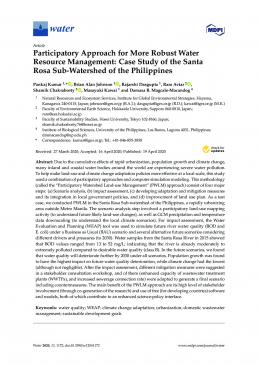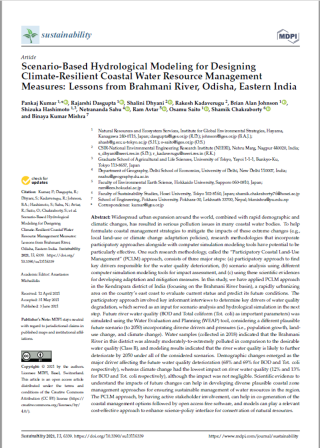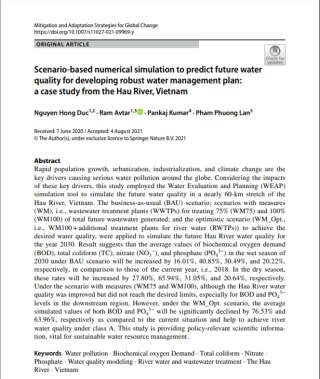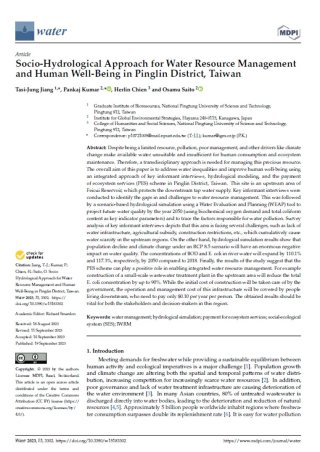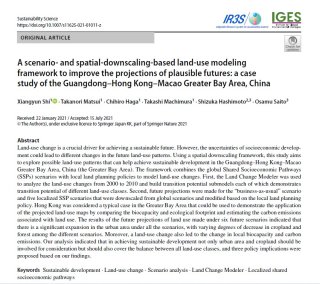- English
Volume (Issue): 12, 1172
Due to the cumulative effects of rapid urbanization, population growth and climate change, many inland and coastal water bodies around the world are experiencing severe water pollution. To help make land-use and climate change adaptation policies more effective at a local scale, this study used a combination of participatory approaches and computer simulationmodeling. Thismethodology (called the “ParticipatoryWatershed Land-use Management” (PWLM) approach) consist of four major steps: (a) Scenario analysis, (b) impact assessment, (c) developing adaptation and mitigation measures and its integration in local government policies, and (d) improvement of land use plan. As a test case, we conducted PWLM in the Santa Rosa Sub-watershed of the Philippines, a rapidly urbanizing area outside Metro Manila. The scenario analysis step involved a participatory land-use mapping activity (to understand future likely land-use changes), as well as GCM precipitation and temperature data downscaling (to understand the local climate scenarios). For impact assessment, the Water Evaluation and Planning (WEAP) tool was used to simulate future river water quality (BOD and E. coli) under a Business as Usual (BAU) scenario and several alternative future scenarios considering different drivers and pressures (to 2030).Water samples from the Santa Rosa River in 2015 showed that BOD values ranged from 13 to 52 mg/L; indicating that the river is already moderately to extremely polluted compared to desirable water quality (class B). In the future scenarios, we found that water quality will deteriorate further by 2030 under all scenarios. Population growth was found to have the highest impact on future water quality deterioration, while climate change had the lowest (although not negligible). After the impact assessment, different mitigation measures were suggested in a stakeholder consultation workshop, and of them (enhanced capacity of wastewater treatment plants (WWTPs), and increased sewerage connection rate) were adopted to generate a final scenario including countermeasures. The main benefit of the PWLM approach are its high level of stakeholder involvement (through co-generation of the research) and use of free (for developing countries) software and models, both of which contribute to an enhanced science-policy interface.
- English
Volume (Issue): 12, 1172

